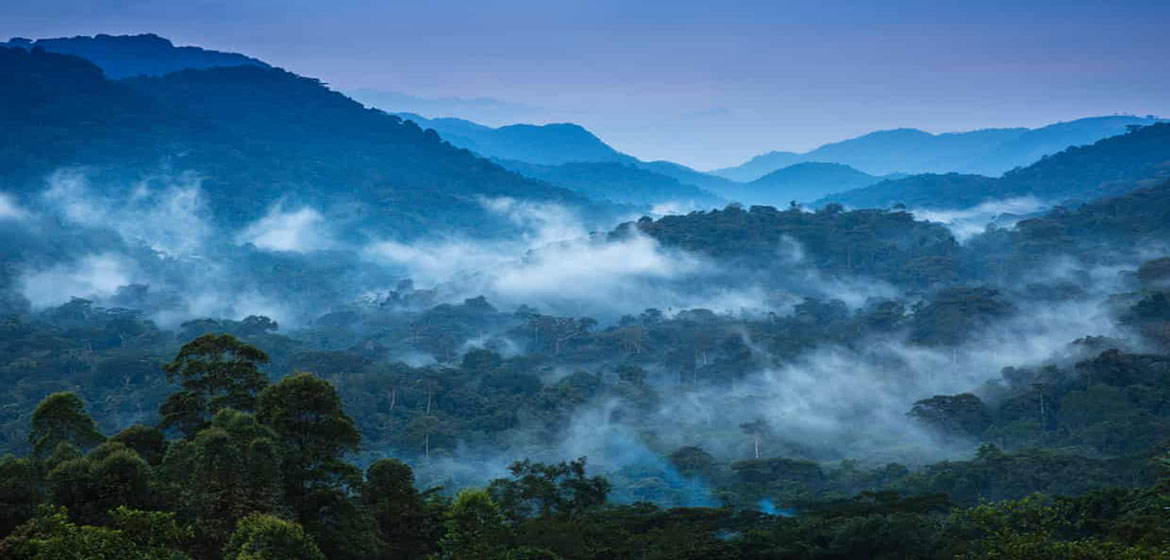Study highlights importance of biodiversity as part of strategy to stop planet overheating
By Jonathan Watts
Scientists have shown to be true what JRR Tolkien only imagined in the Lord of the Rings: giant, slow-reproducing trees play an outsized role in the growth and health of old forests.
In the 1930s, the writer gave his towering trees the name . Today, a says these “long-lived pioneers” contribute more than previously believed to carbon sequestration and biomass increase.
The authors said their study highlights the importance of forest protection and biodiversity as a strategy to ease global heating. They say it should also encourage to shift away from representing all the trees in a forest as essentially the same.
“This analysis shows that that is not good enough for tropical forests and provides a way forward,” said Caroline Farrior, an assistant professor of integrative biology at the University of Texas at Austin. “We show that the variation in tropical forest species’ growth, survival and reproduction is important for predicting forest carbon storage.”
Long-lived pioneers – a term that has been around for decades – include species such as mahogany, Brazil nut trees and , which are visible far above the rest of the canopy because they grow fast (at up to twice the speed of plants lower in the canopy) for hundreds of years.
Researchers believe this is the result of a trade-off between stature and reproduction: they are able to put more energy into putting on biomass than into producing offspring.
The study is based on more than 30 years of data collected from old growth and secondary rainforest on , an island in the middle of the Panama Canal.
The scientists grouped the 282 different species of tree into five categories determined by growth, reproduction and longevity. This showed the relative roles of “fast” species that grow and die quickly, “slow” species that grow slowly and reach an old age, “infertile giants” that live long and reproduce over a long time, and “fertile dwarfs” and small shrubs and low treelets that grow slowly, die young, but produce a large number of offspring.

The trunk and part of the canopy of the Brazil nut tree, one of the most dominant tree species in the Amazon. Photograph: Hans ter Steege/PA
By simulating different combinations of these groups, the scientists were able to build a model that reproduced the dynamics of the recovery of nearby young forests.
This knowledge of how quickly trees grow, how long they live and how many offspring they produce could help in the restoration of , which are currently being cut down at an alarming rate. It could also dispel a theory that such giant trees disappear once a forest reaches maturity.
“Our results show long-lived pioneers are not transient but an important feature in old forests. They represent about 40% of the biomass and there are no signs that this declines over time,” said the paper’s lead author, Nadja Rüger of the German Centre for Integrative Research and the University of Leipzig. However, she cautioned that others forest showed different patterns.
Source:
Related to SDG 13: Climate action



